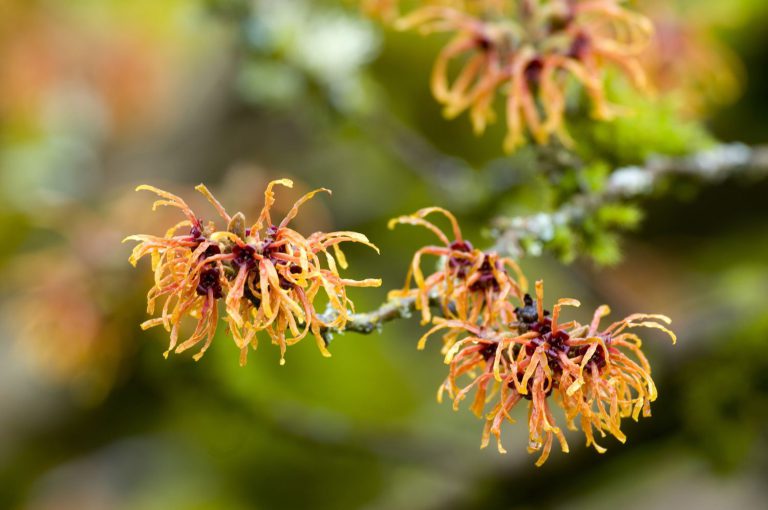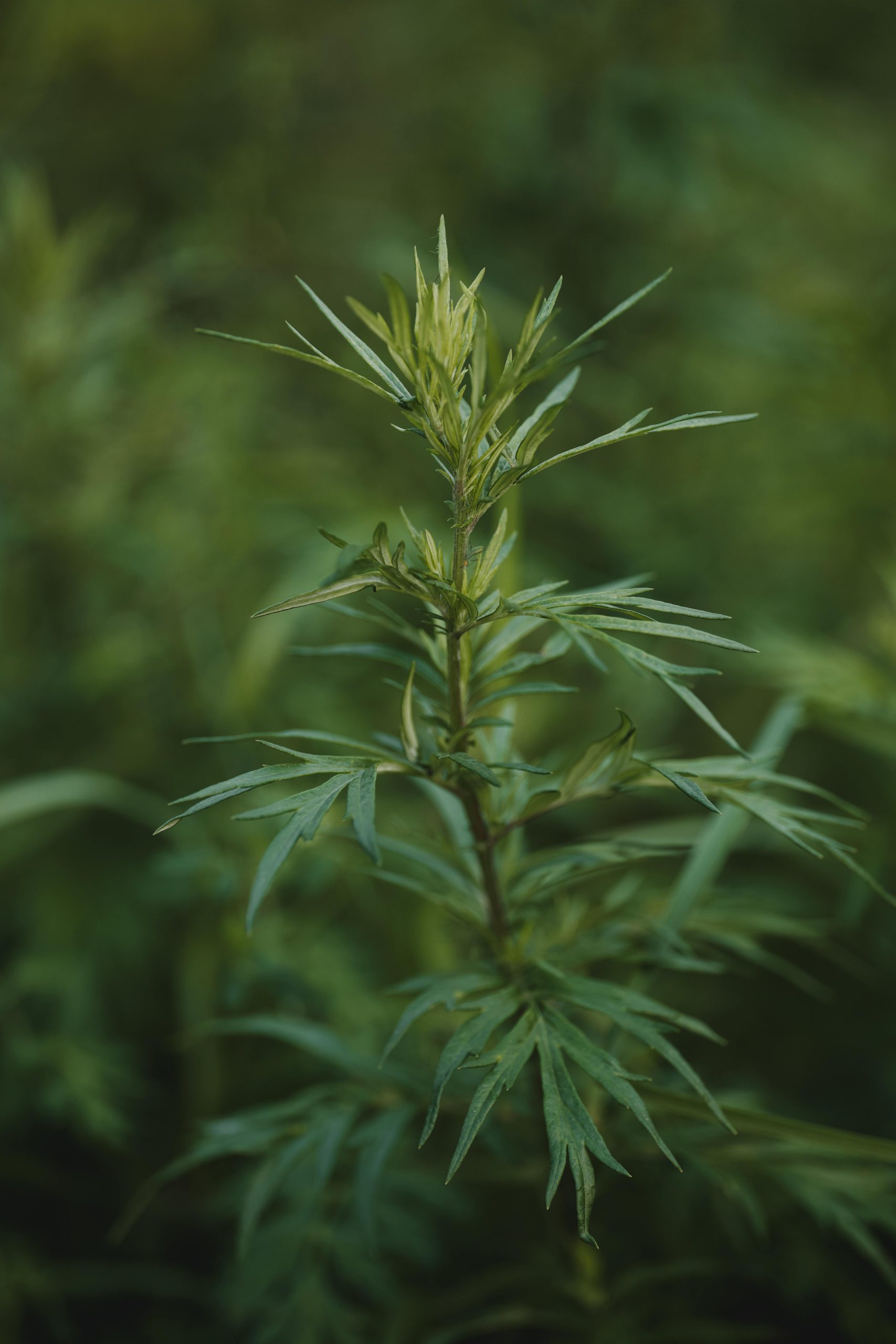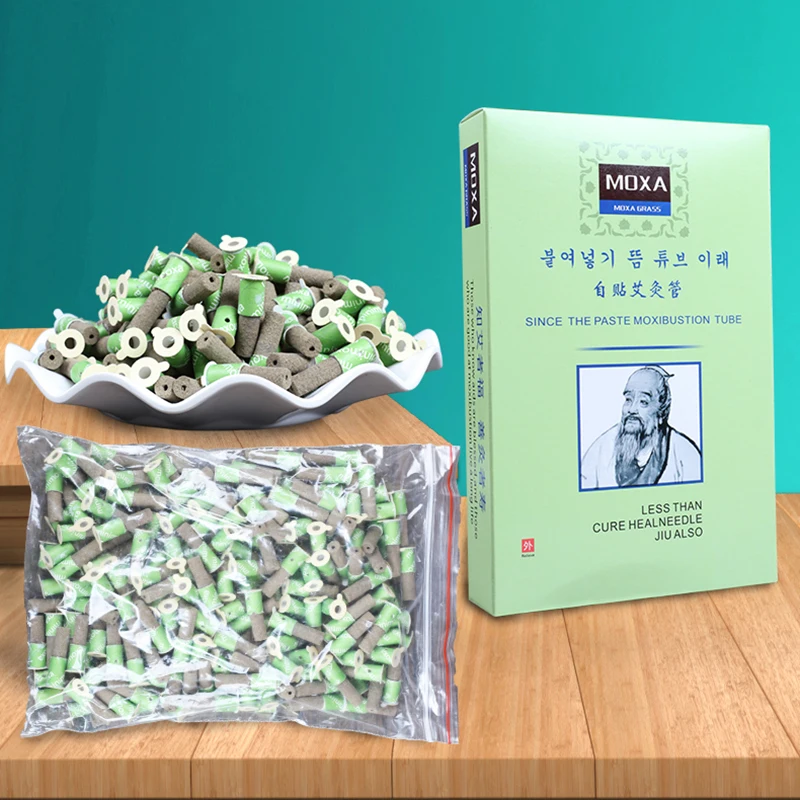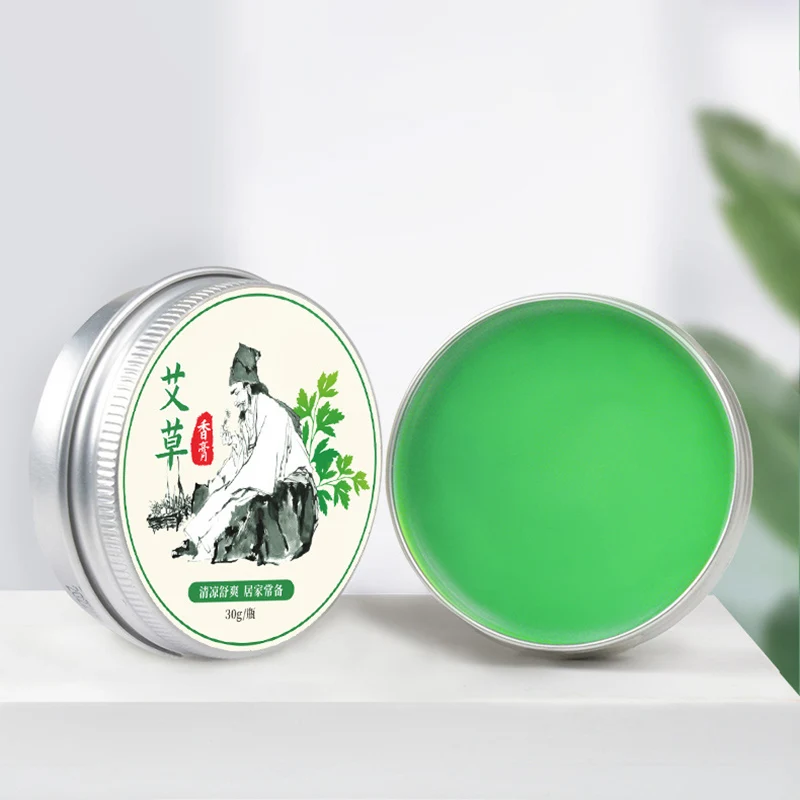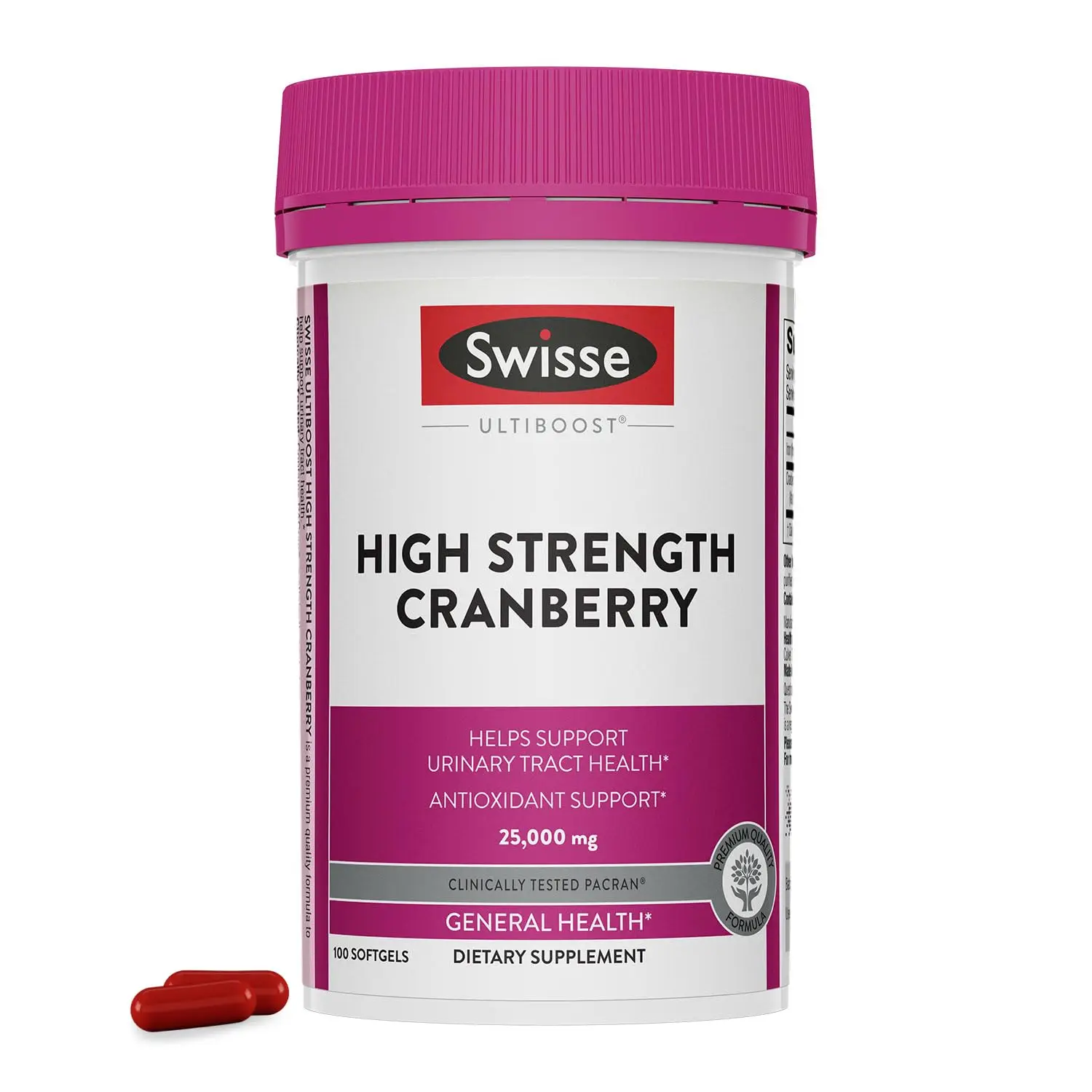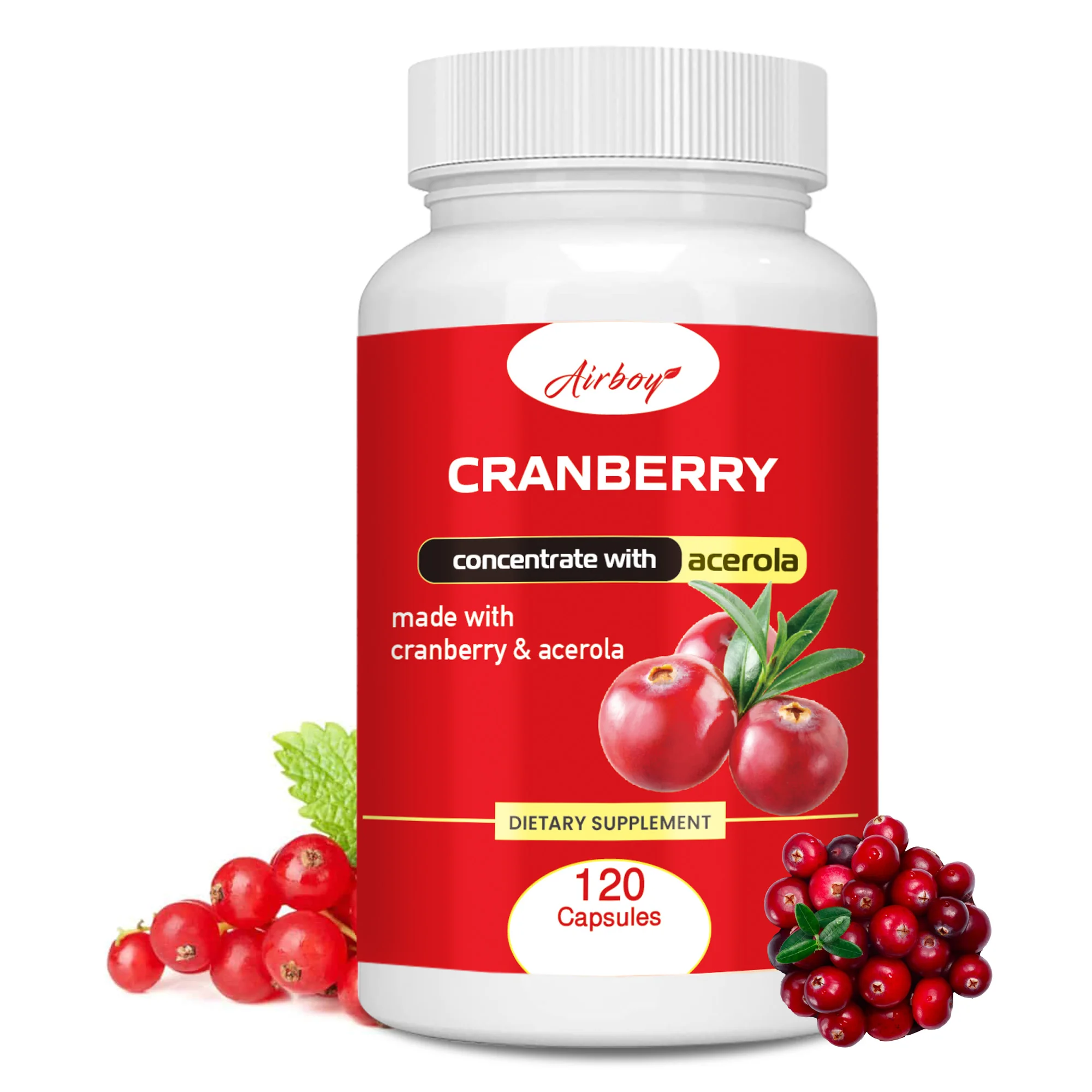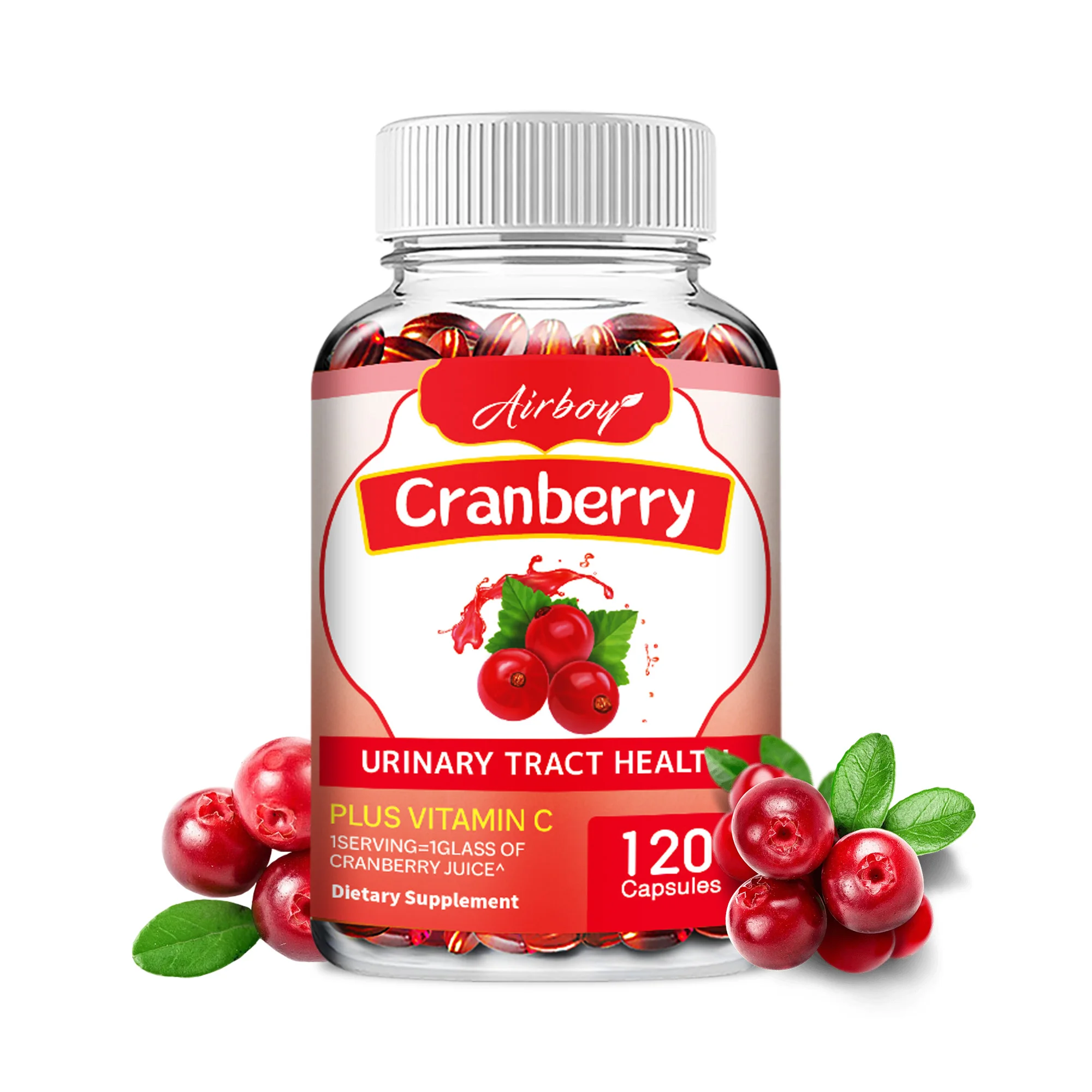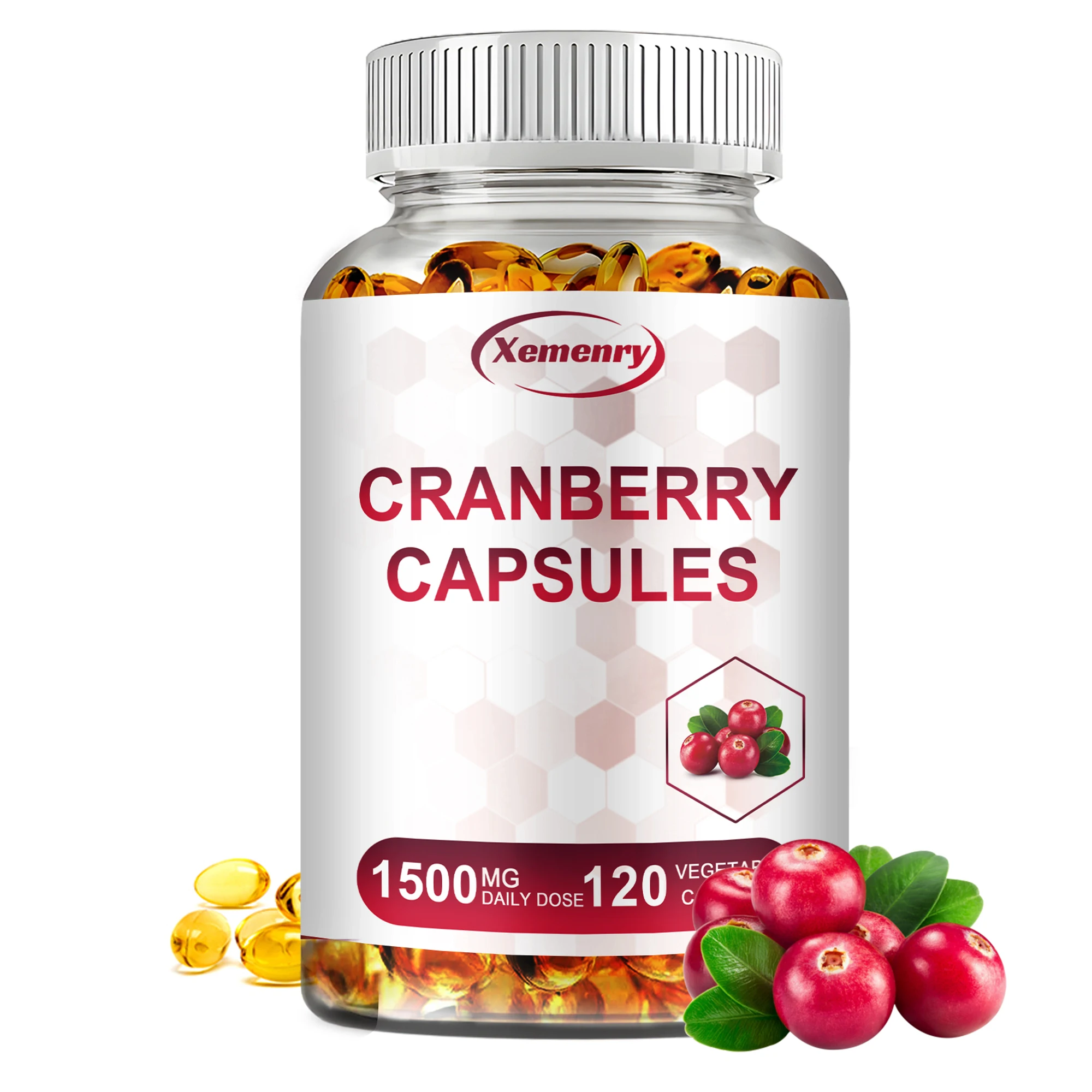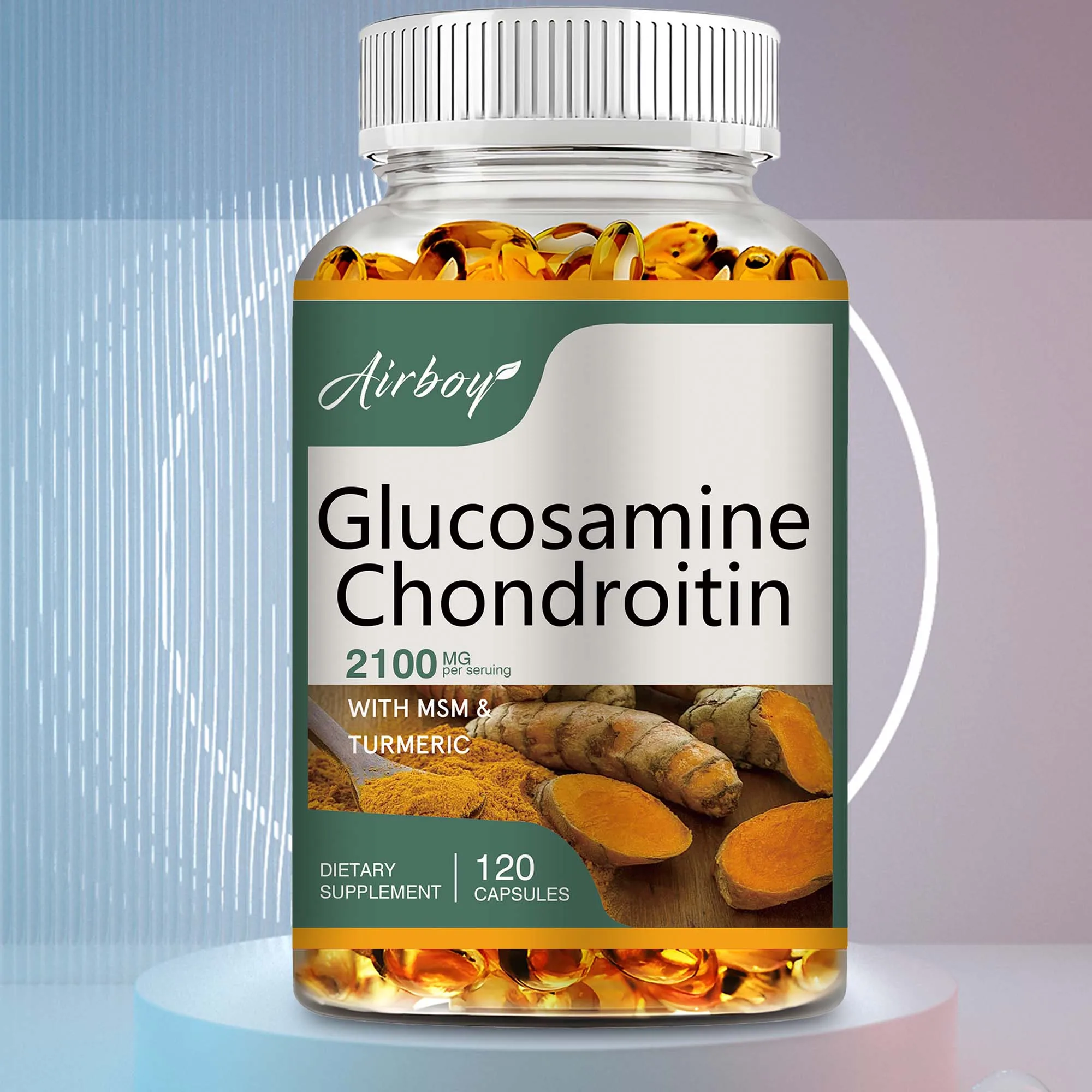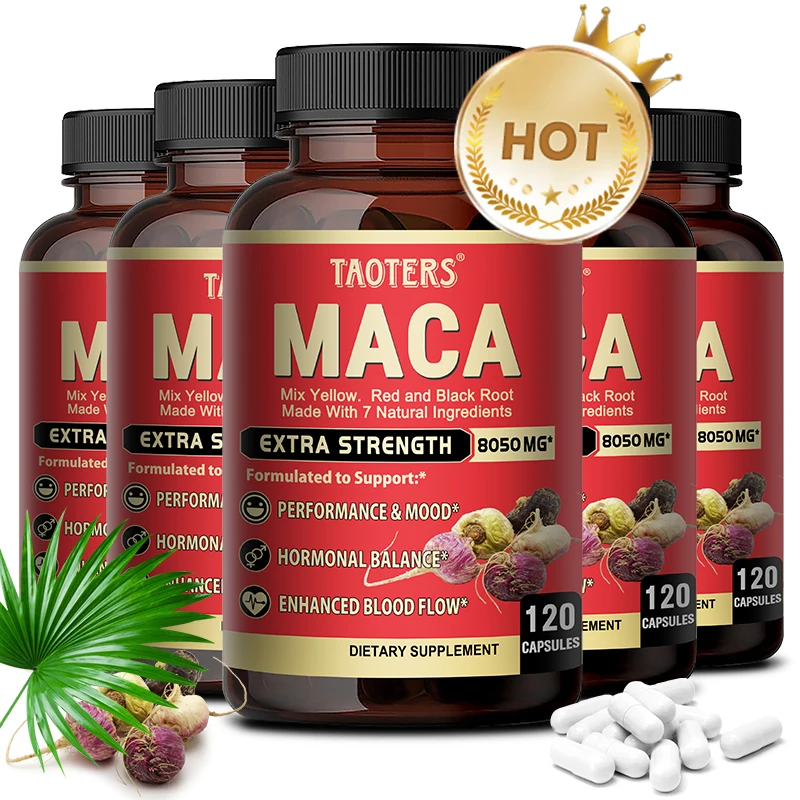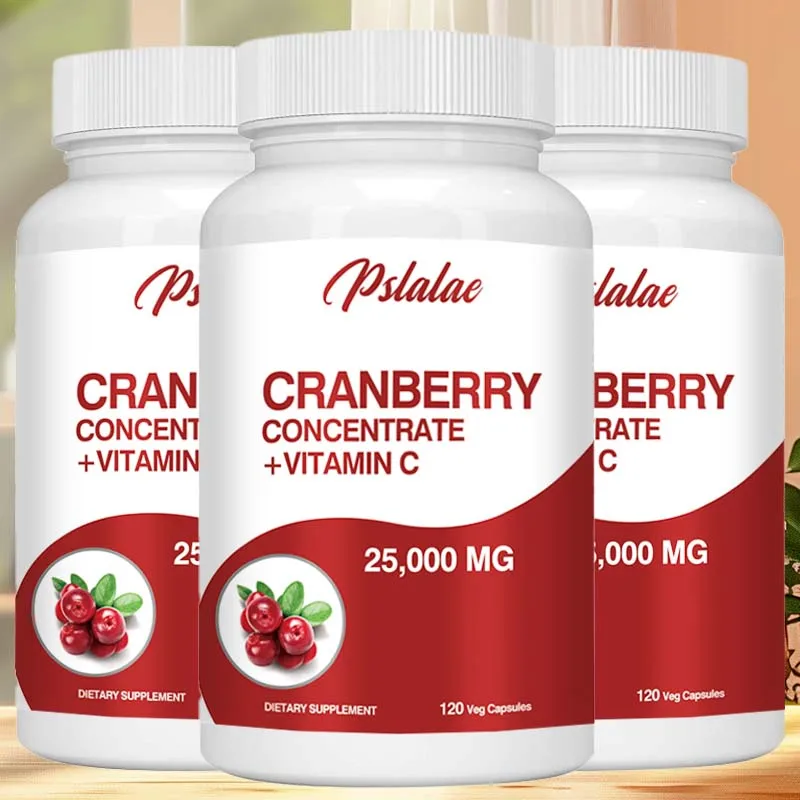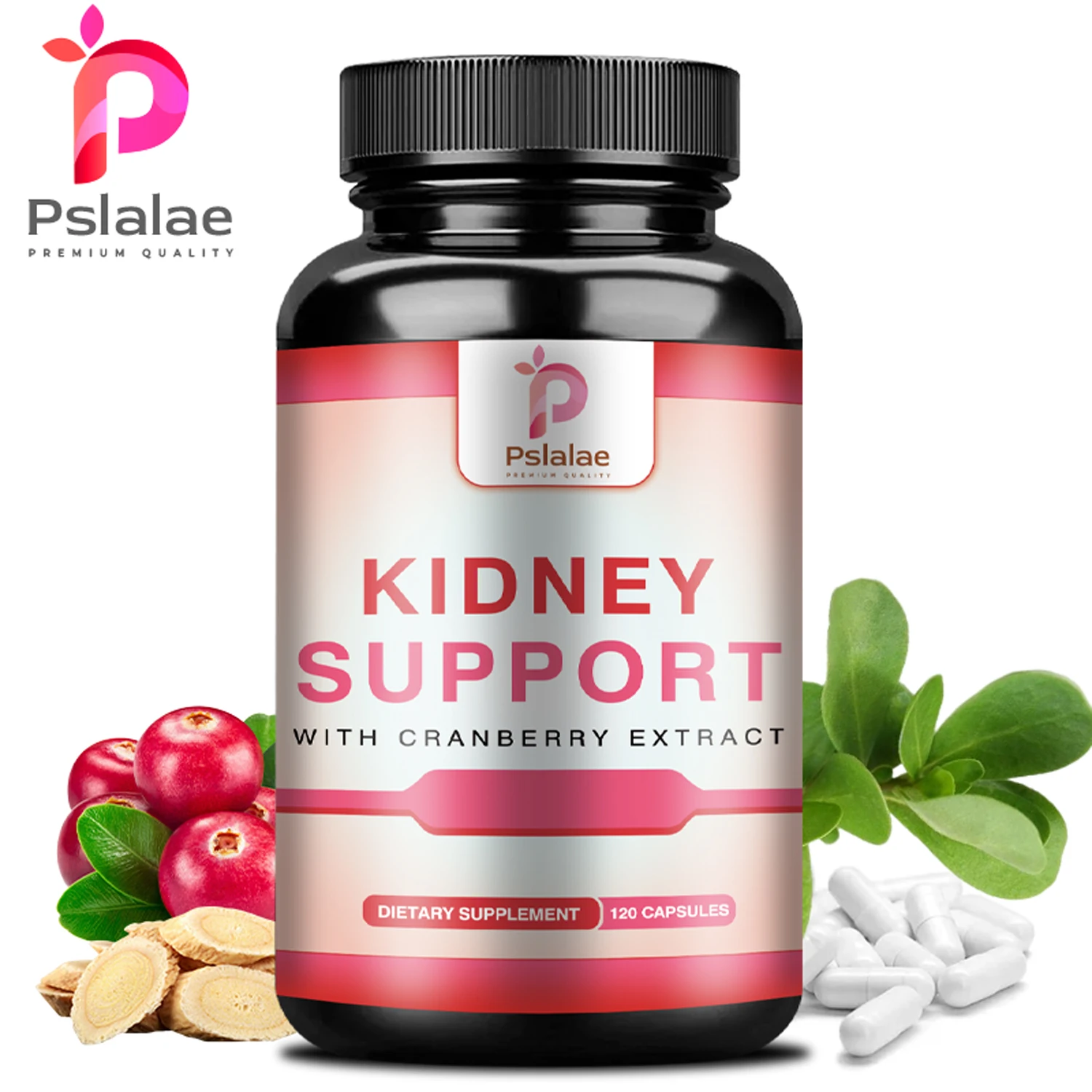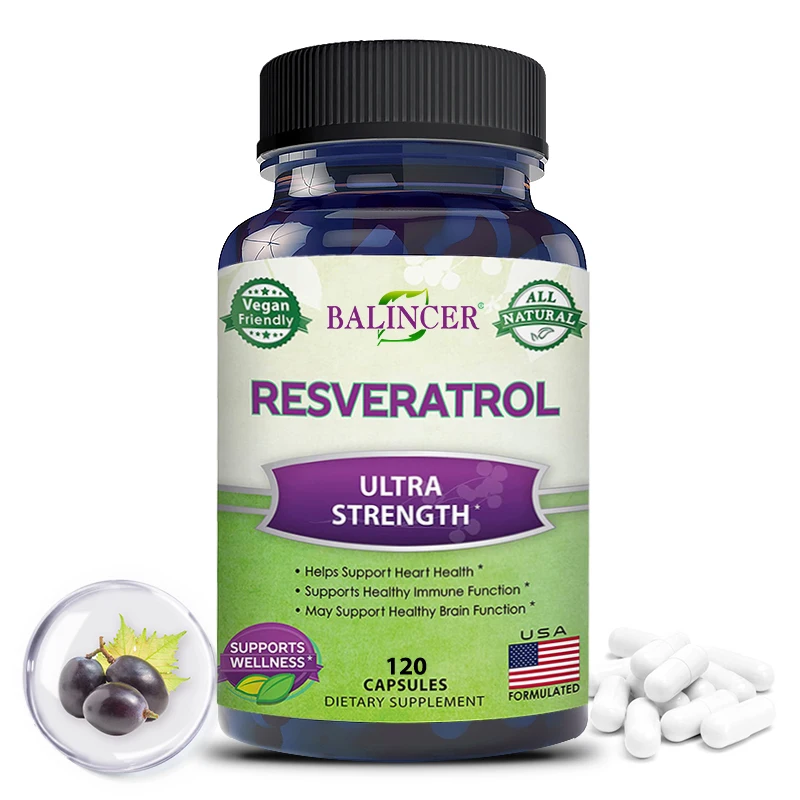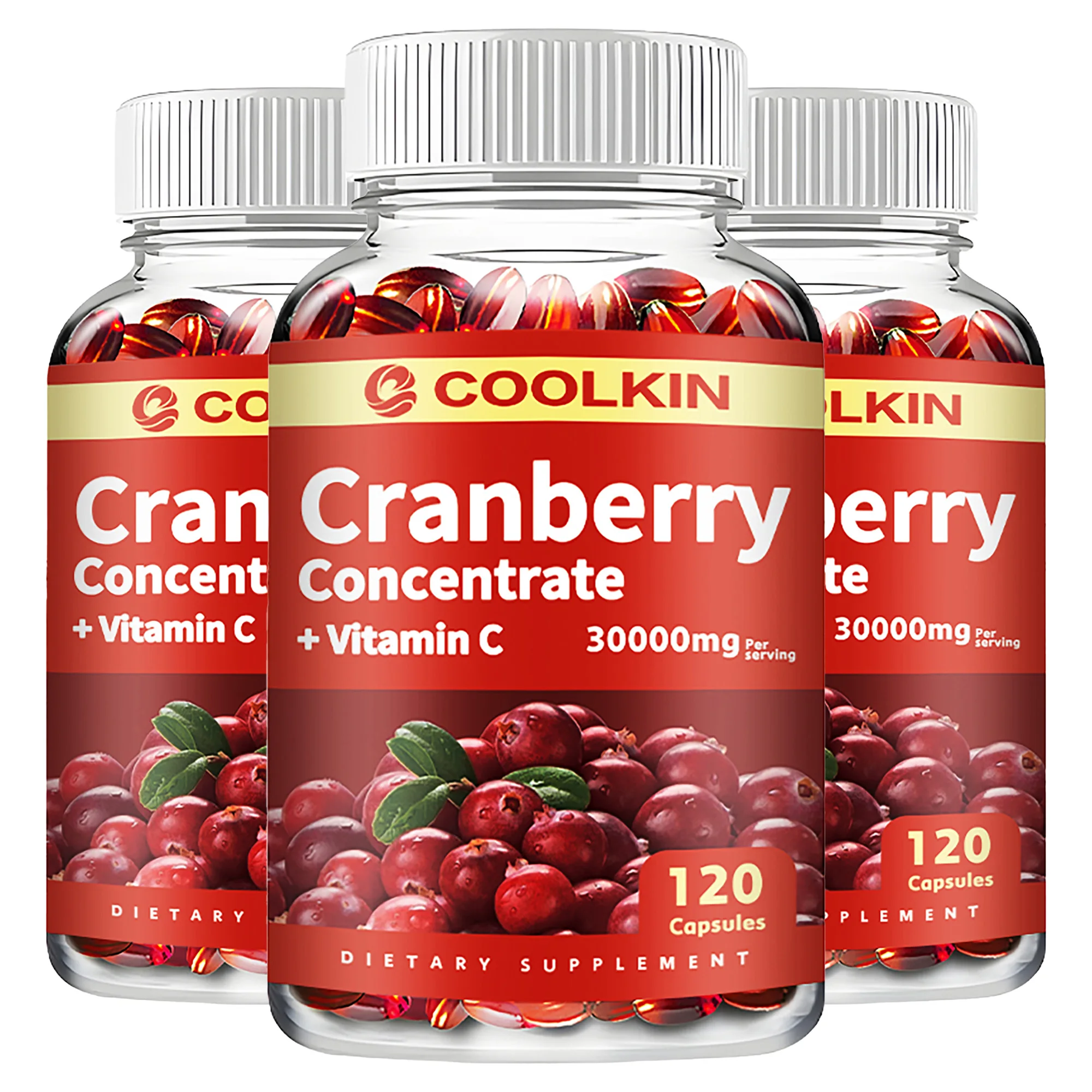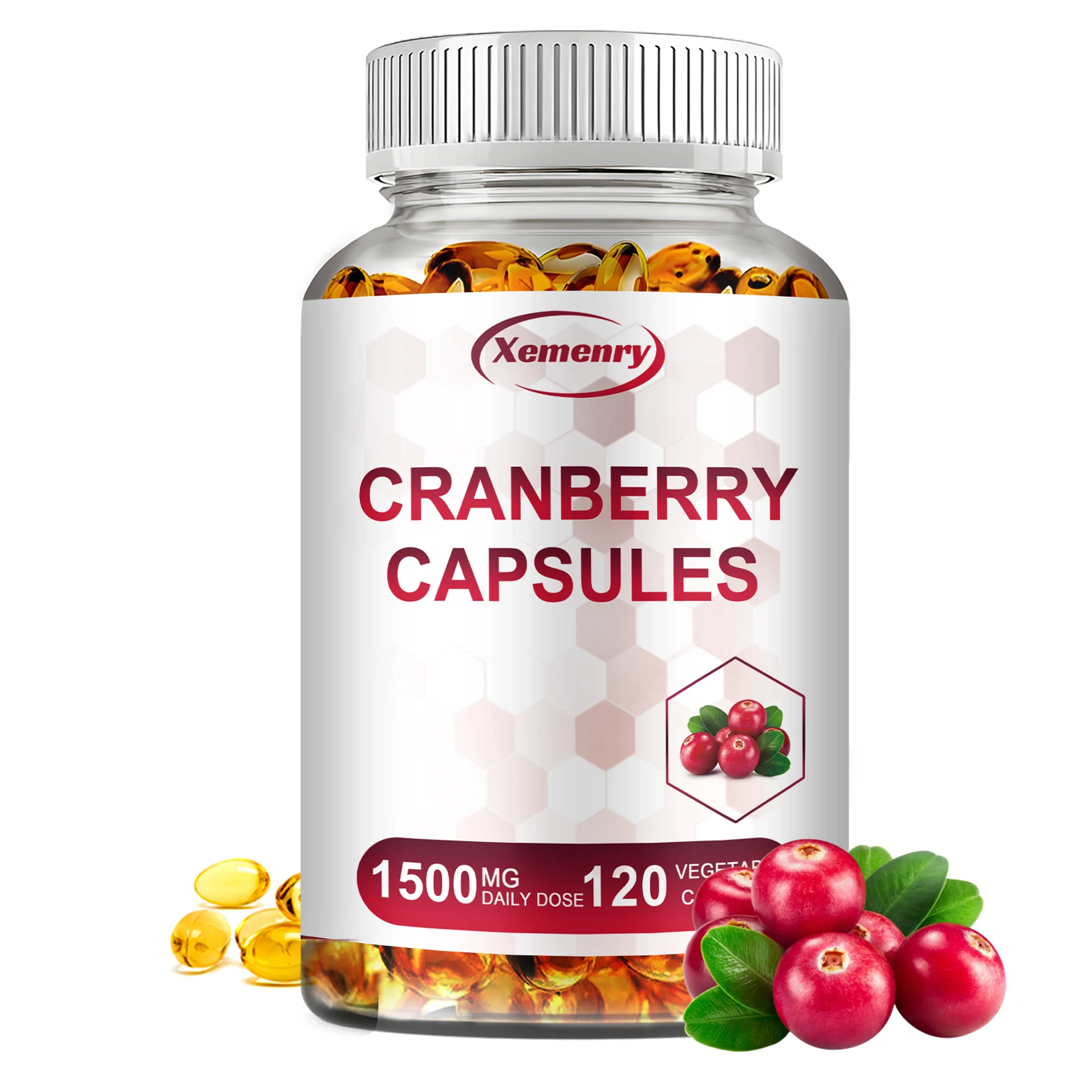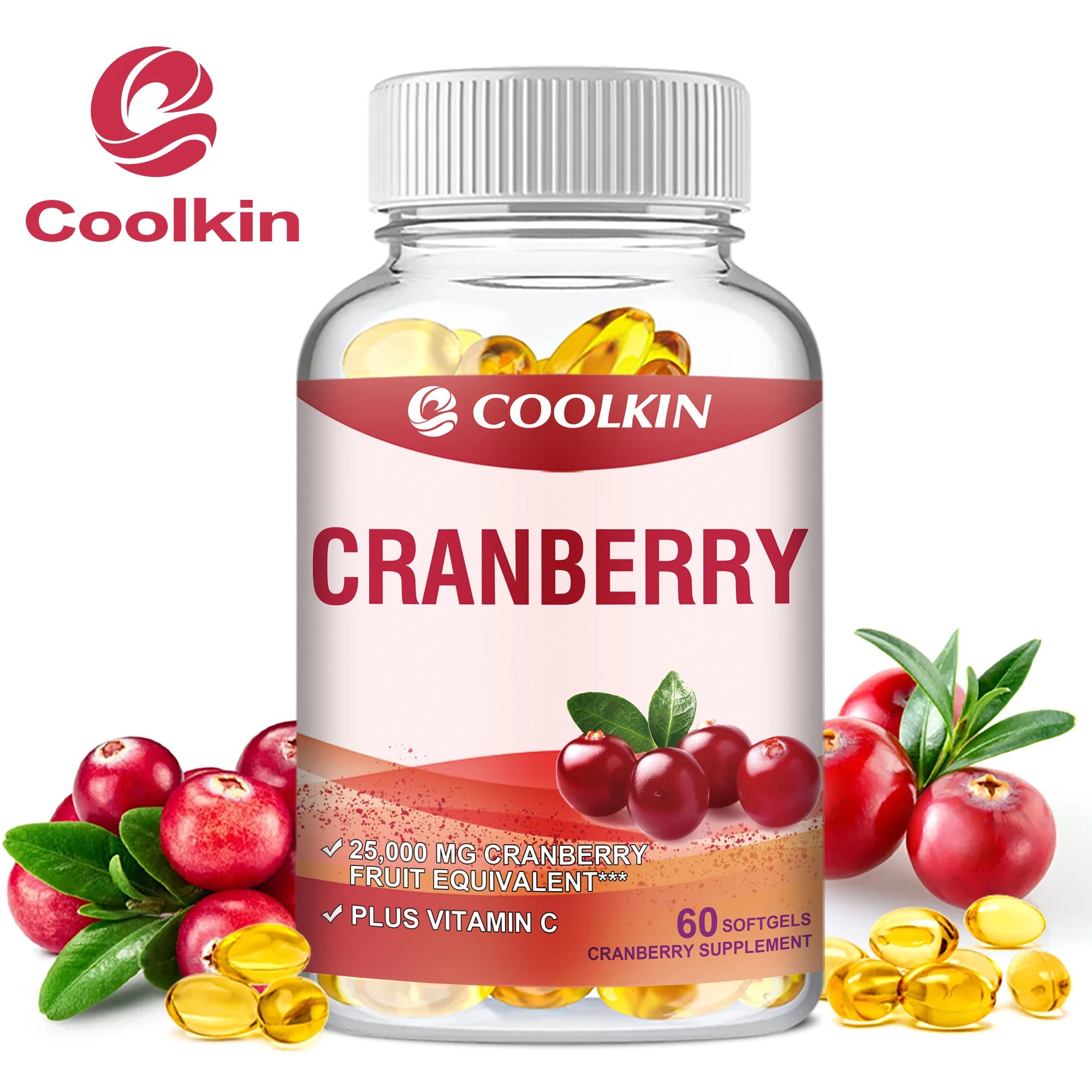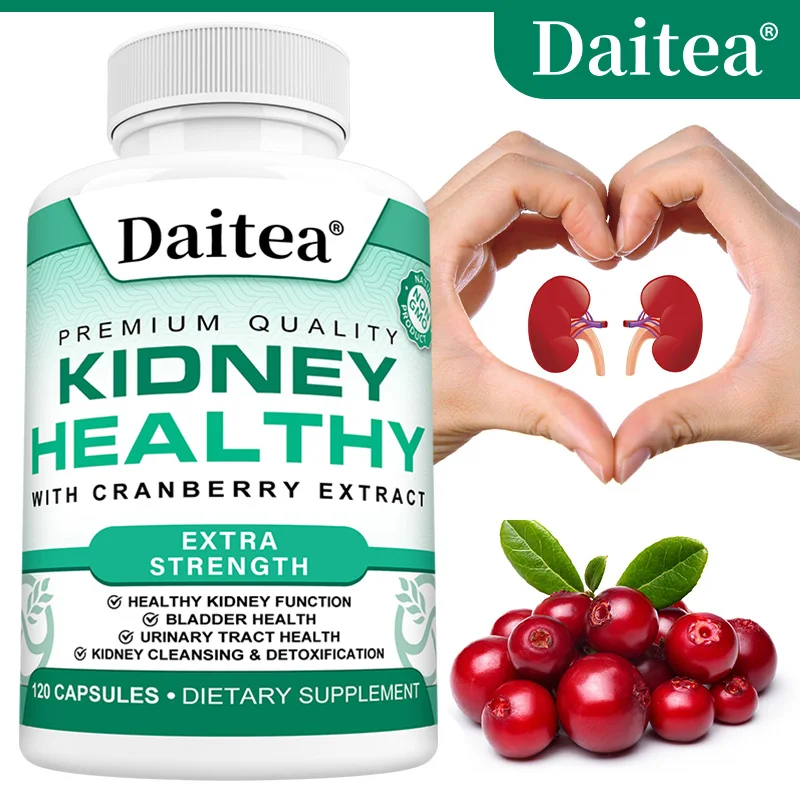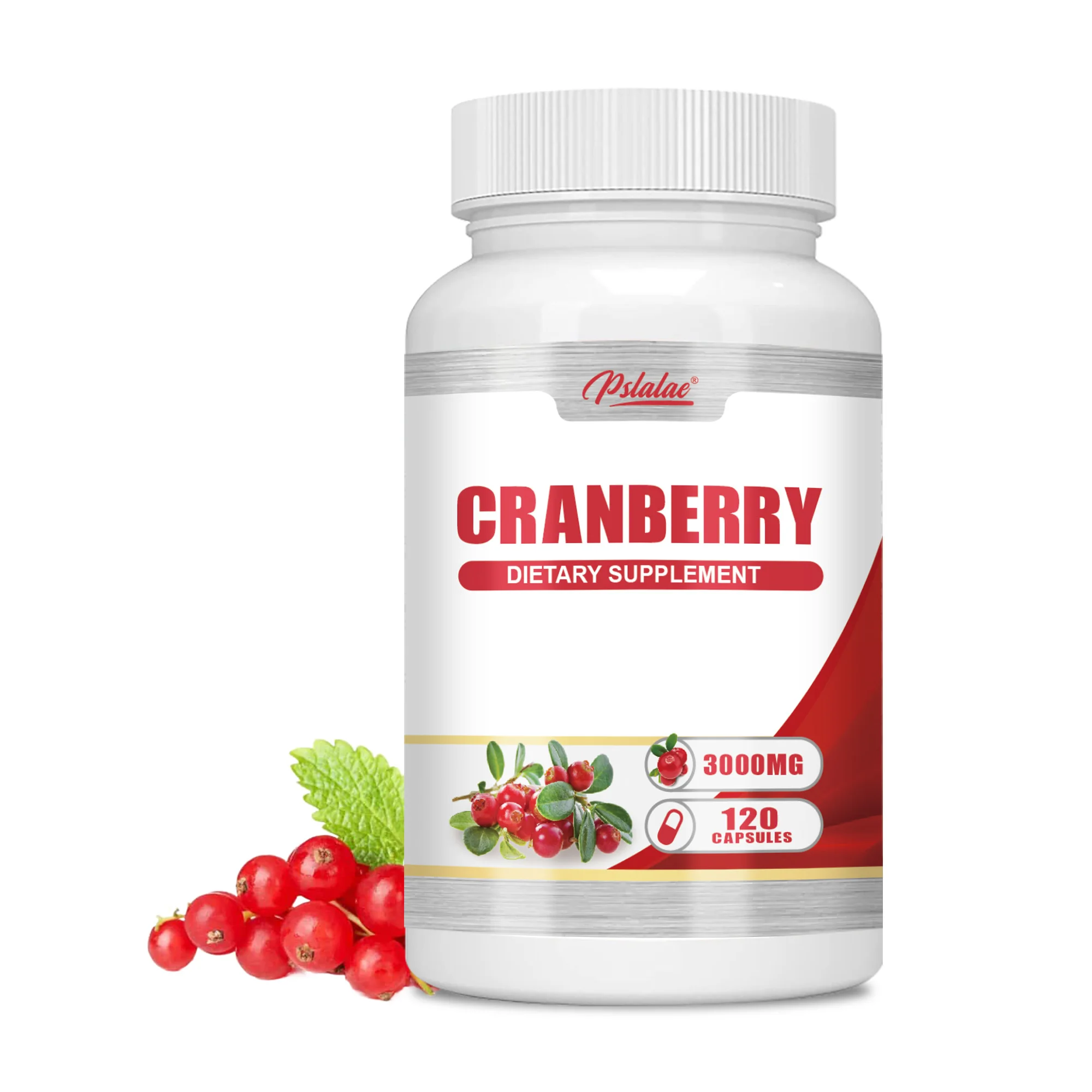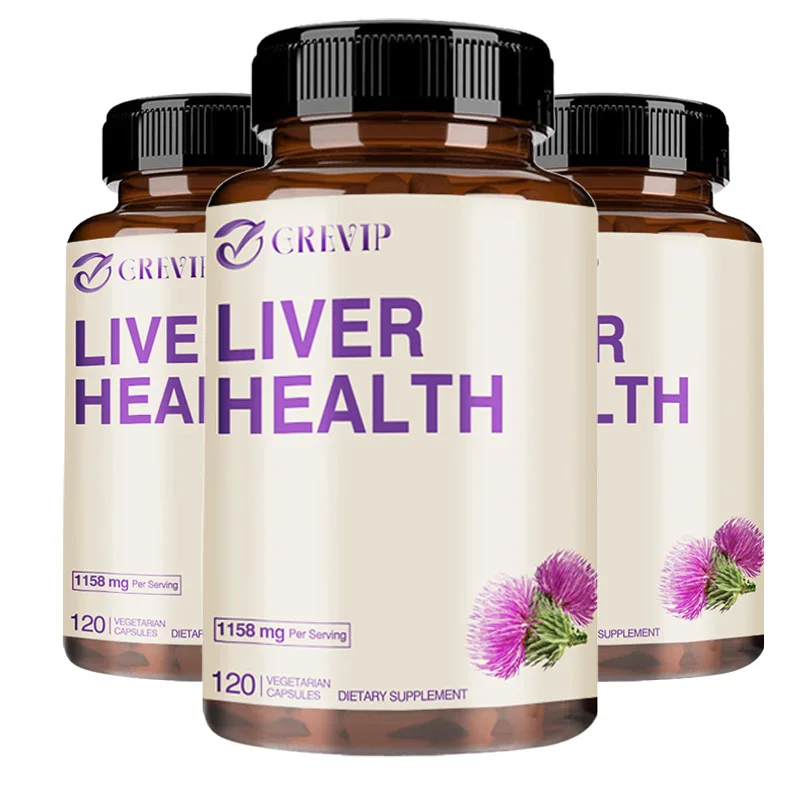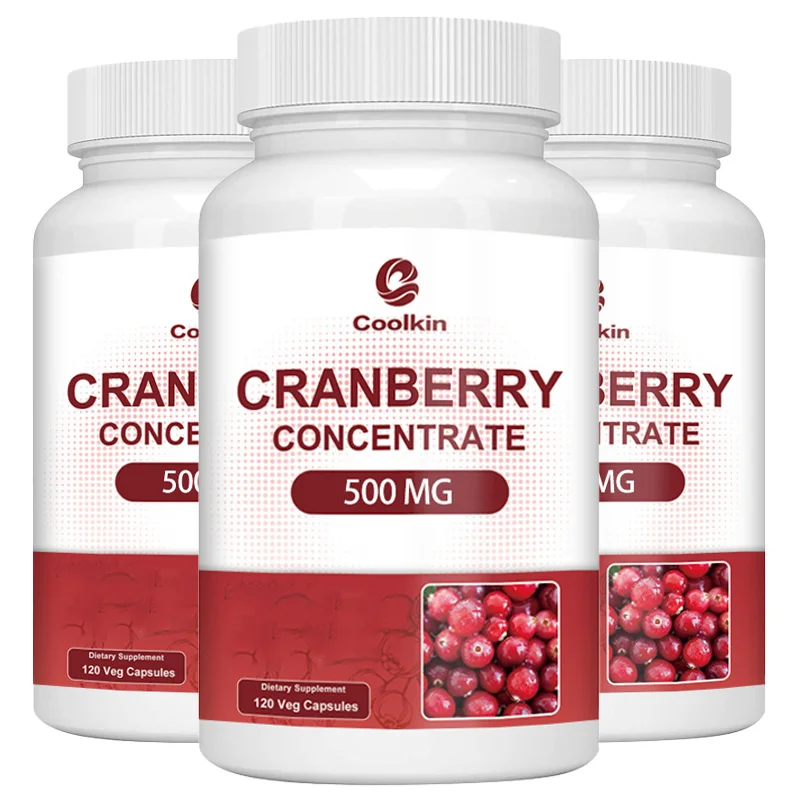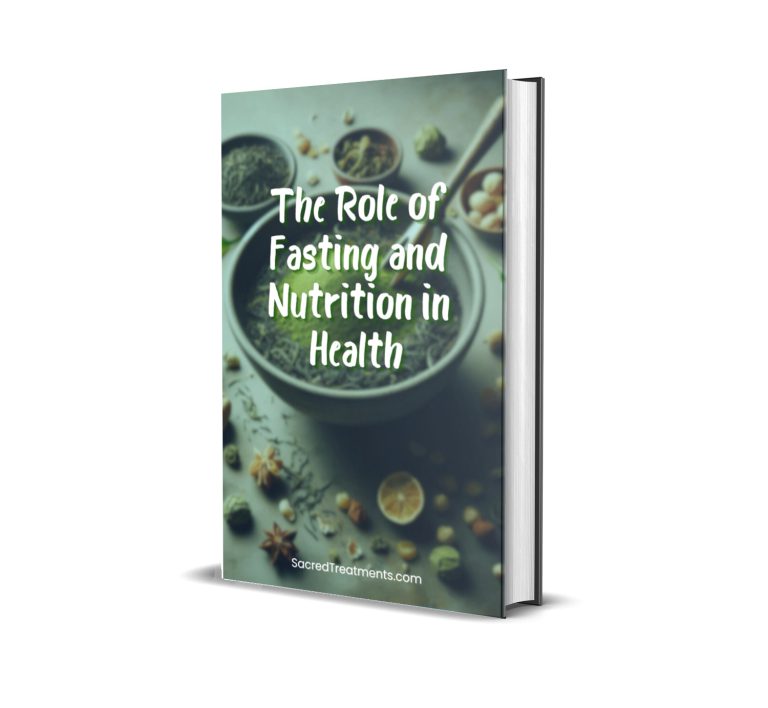What Is Witch Hazel?
Witch hazel (Hamamelis virginiana) is a medicinal shrub native to North America, widely used in natural skincare, wound healing, and herbal remedies. Known for its astringent, anti-inflammatory, and antioxidant properties, this plant has been cherished by herbalists for centuries.
History of Witch Hazel in Herbal Medicine
Used by Native American tribes like the Mohegans and Cherokees, witch hazel was traditionally employed for:
- Treating cuts, bruises, and swellings
- Soothing muscle aches and insect bites
- Managing respiratory and digestive discomforts
In the 19th century, witch hazel gained commercial popularity through steam-distilled extracts, still found in modern pharmacies.
Witch Hazel Benefits and Active Compounds
The healing power of witch hazel lies in its phytochemical profile, including:
✔️ Tannins
- Natural astringents that tighten skin and reduce bleeding
✔️ Flavonoids
- Antioxidants that combat inflammation and oxidative stress
✔️ Volatile oils
- Provide cooling, antibacterial effects
✔️ Saponins and proanthocyanidins
Support tissue repair and blood vessel health
Top Witch Hazel Uses in Herbal Healing
Here’s how to use witch hazel effectively in daily wellness and natural care routines.
1. Witch Hazel for Skin Irritations and Acne
Witch hazel is one of the best natural remedies for acne, eczema, and red, inflamed skin.
- Tightens pores and reduces oil
- Soothes itching, redness, and swelling
- Gentle enough for sensitive or allergic skin types
✅ Apply with a cotton pad as a toner
✅ Use after shaving or waxing to calm skin
2. Witch Hazel for Hemorrhoids and Varicose Veins
Thanks to its vasoconstrictive action, witch hazel is a favorite among herbalists for relieving:
- Pain and swelling from hemorrhoids
- Discomfort from varicose veins and poor circulation
💡 Apply cool compresses or use in sitz baths.
3. Witch Hazel for Wound Care
Its antibacterial and tissue-tightening properties make witch hazel ideal for:
- Minor cuts and scrapes
- Bug bites
- Sunburns
- Bruises and sprains
Use a witch hazel compress or spray to cleanse and speed healing.
See more herbal wound remedies
4. Witch Hazel as a Natural Facial Toner
Many natural beauty enthusiasts use witch hazel as part of their daily skincare regimen.
Benefits include:
- Reducing puffiness and eye bags
- Controlling sebum production
- Minimizing pores and redness
Pair it with rose water or chamomile for added calm and hydration.
5. Internal Use (With Caution)
Historically, witch hazel bark decoctions were used for:
- Gargling with sore throats
- Treating mouth ulcers
However, modern herbalists recommend caution, as internal use may cause liver irritation. Stick to external applications unless supervised by a professional.
How to Use Witch Hazel Safely
✅ Recommended:
- Alcohol-free preparations for dry or sensitive skin
- DIY decoctions using bark and twigs (external only)
- Daily skin toning with cotton pads or spray mists
❌ Avoid:
- Ingesting witch hazel without supervision
- Using on deep or infected wounds
- Prolonged use on broken skin
Tip: Always perform a patch test first!
Witch Hazel Symbolism and Folklore
The name “witch hazel” originates from the Old English wice, meaning “bendable.” Its twigs were traditionally used for dowsing—locating underground water sources.
Witch hazel’s autumn blooms symbolize resilience, purification, and healing in the dark seasons, making it a spiritual as well as medicinal ally.
Final Thoughts: Witch Hazel in Modern Herbalism
Witch hazel remains a cornerstone of natural first aid, beauty care, and herbal wellness. Its widespread availability, gentle strength, and deep-rooted history make it an ideal plant for those seeking alternatives to synthetic pharmaceuticals.
Whether you’re crafting your own herbal toner, soothing a bruise, or caring for delicate skin, witch hazel is one of nature’s most accessible and reliable botanical remedies.
🌿 Related Articles You May Like:
- Top 10 Astringent Herbs in Herbal Medicine
- DIY Herbal Skin Toners for Every Skin Type
- How to Create a Natural First Aid Kit
- Best Herbs for Circulatory Health
🧠 FAQs About Witch Hazel
Q: Is witch hazel good for sensitive skin?
A: Yes—especially in alcohol-free formulations. Always patch test first.
Q: Can I make witch hazel at home?
A: Yes. Simmer dried bark in water for 15–20 minutes, strain, and use externally.
Q: Is witch hazel safe for babies?
A: Alcohol-free witch hazel is often used to treat diaper rash, but consult a pediatric herbalist.
Q: How often should I use witch hazel on my face?
A: Once or twice daily as a toner, depending on your skin’s tolerance.

